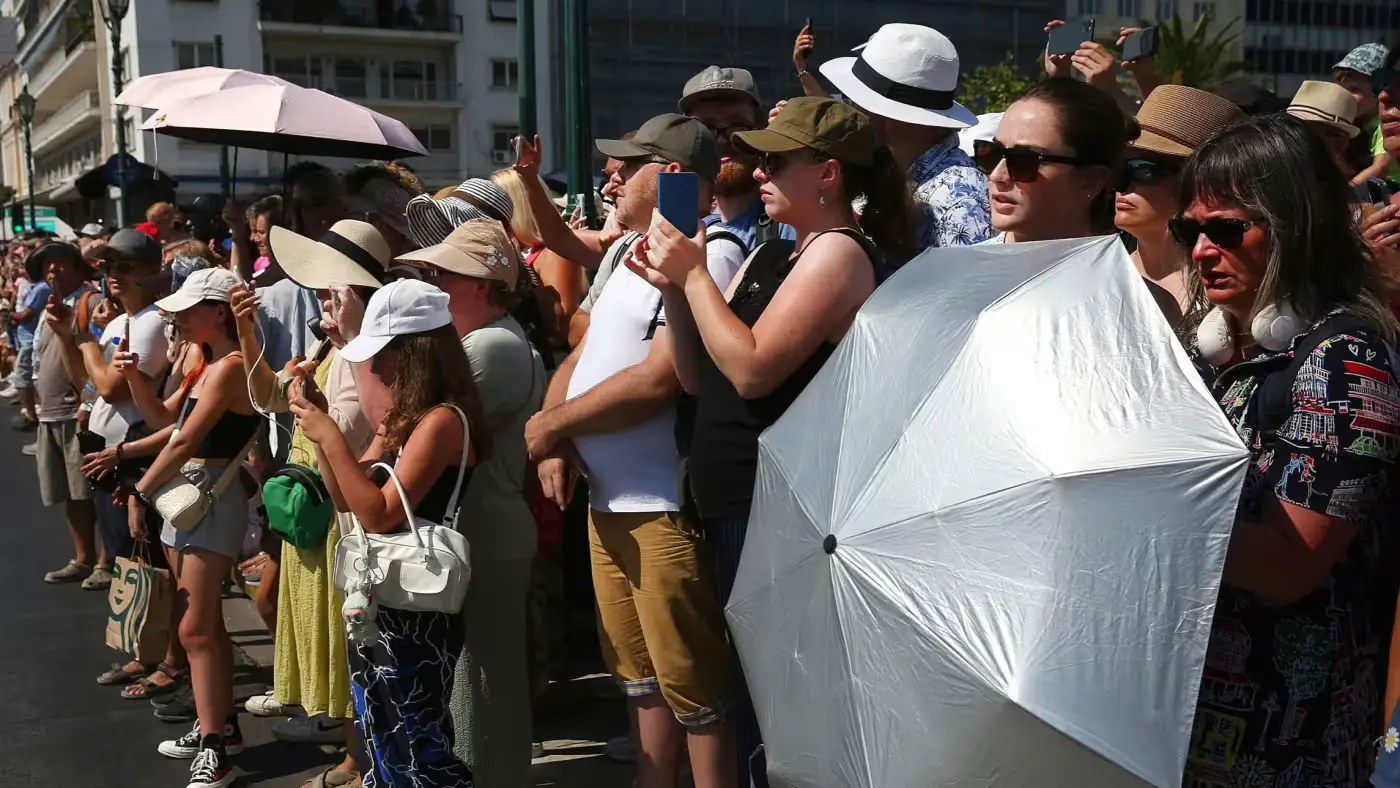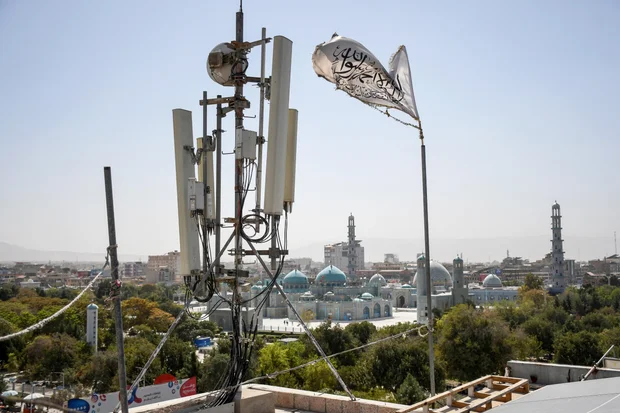This summer, Southern Europe got slammed by a brutal heatwave. It didn’t just mess with daily life—it exposed how shaky the region’s power systems really are. From late May to early July 2025, extreme heat across Spain, Portugal, Italy, Greece, and nearby countries pushed the grid to the edge. In some places, it broke.
Heat Pushes Power Use Off the Charts
By May 28, temps started climbing fast. Southern Spain and Portugal hit 46 °C by June 29—the highest in years. Cities like Barcelona, Rome, and Lisbon stayed around 40 °C for days. People ran ACs nonstop. Spain’s energy use jumped 14%. Italy, Germany, and France saw big spikes too.
Grid operators said demand beat winter highs—especially at night, when solar dropped off but ACs didn’t.

Huge Blackouts Hit Spain, Portugal, and Italy
Two major blackouts followed. On April 28, tens of millions in Spain and Portugal lost power. It hit midday. Trains stopped. Traffic lights froze. Airports stalled. Card machines failed. Hospitals switched to backup. Shoppers walked dark aisles with flashlights. Power came back slowly. Full service didn’t return until late night.
No hackers. It was grid failure. Frequency swings knocked it out—proof the system couldn’t take the load.
In early July, parts of Italy lost power too. Florence’s system overheated. Wires failed. In Bergamo, hundreds of homes and businesses went dark for hours. Crews brought in generators. Repairs dragged on for days.
Whole Systems Couldn’t Keep Up
It wasn’t just houses drawing too much power. Entire power systems cracked. France and Switzerland had to cut nuclear and hydro—river water was too warm to cool the plants. Thermal plants struggled in the heat. Power lines sagged. Substations overheated and shut themselves down.
Even with record solar—45 TWh across the EU in June—storage couldn’t keep up. When the sun went down, demand stayed high, storage emptied out, and prices shot past €400/MWh in some places.
Fires, Health Risks, and State Action
Fires tore through Spain, Greece, Turkey, and Italy—fueled by dry heat and wind. Thousands were evacuated. Regions declared emergencies. Health officials opened cooling shelters. Italy banned outdoor work during peak heat. Greece shut the Acropolis mid-day to protect staff and tourists.
Over 2,300 people died from heat in June and July. Spain had the most. Experts say climate change caused most of it.
Why It Failed—and What Needs Fixing
The blackouts and demand spikes showed one thing: Europe’s power system isn’t built for this kind of heat. Analysts pointed to weak frequency control, centralization, not enough backup, and slow response times.
Solar helped during the day. But storage was too small to handle night use. Experts say solar panels, smart grids, and home batteries can’t just be side projects anymore—they need to scale up now.
Governments are finally reacting. Some are doing grid checks, adding small backup systems, and updating power rules. Others are pushing for stronger cooling in public buildings and safe indoor areas for heat relief.
The Big Picture
This wasn’t just bad luck. Heatwaves like this might hit every year—and get worse—if emissions stay high. Europe’s grid was built for cold winters. Now it’s failing in hot summers. It needs a full rebuild, fast.
The power failures this summer were warnings. The system wasn’t ready. And next time, it could be worse. Smarter grids, better storage, and real backup plans aren’t nice-to-haves anymore. They’re the only way forward.









